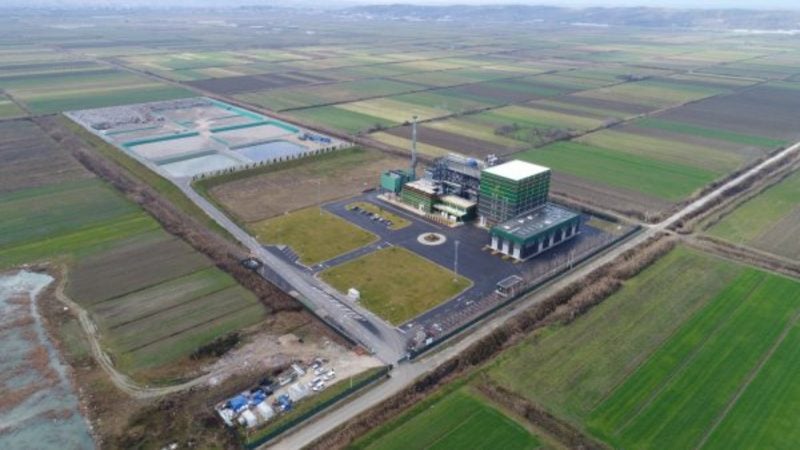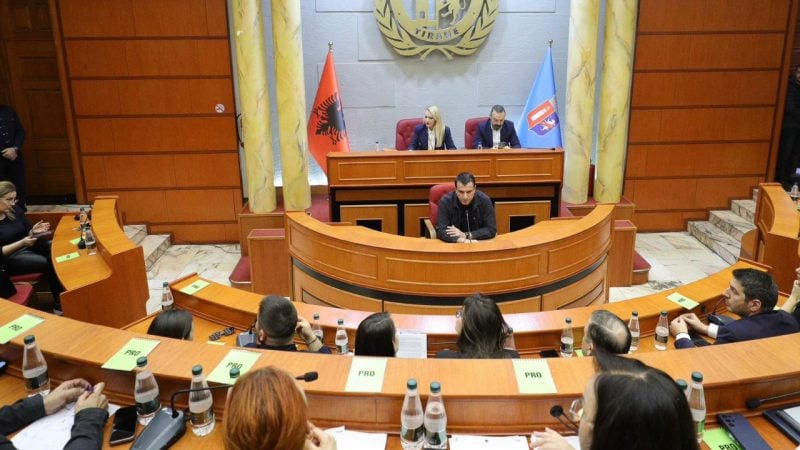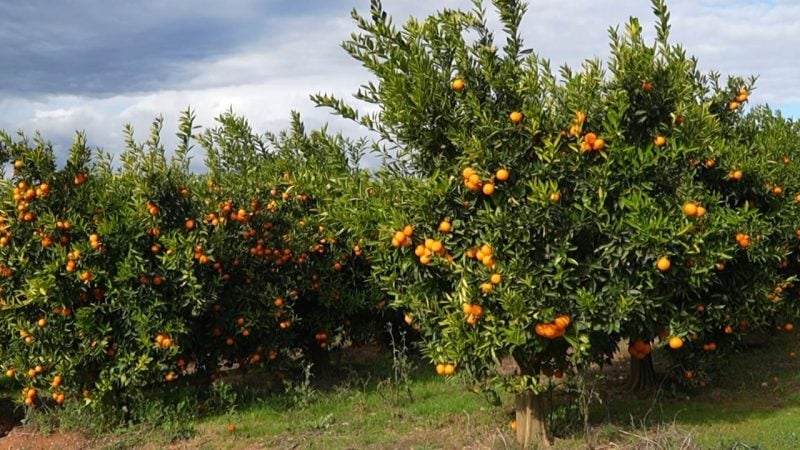 Linda Rama: Between Family, Work and Albania’s Future
Linda Rama: Between Family, Work and Albania’s Future The Parliamentary Commission will chose one of five variants for the
local territorial division. The map that will be selected will be
discussed for two months with the communities and their leaders, and
will undergo a poll for the citizens’ opinion.
The Minister of Local Government, Bledi Cuci, declared that the variants have preserved the former tradition, but they have also taken into account the changes after 1992.
But what effect will it have on a given community, especially on those whose local units will change?
“It will not be a voting, but debates for the benefits of the reform. Our major duty is to explain the benefits and to guarantee that their service offices will not change. I think that this is important for citizens”, Cuci declared.
But together with the advantages, the creation of big municipalities might bring a concentration of investments in centers where population is bigger, a phenomenon that took place in Bulgaria. “It may happen, in theory”, Cuci underlined.
Despite the possibility to happen, he confirms that the changes will be positive in such a fragmented terrain as Albania.
“The electoral race will be more real and the local leader will be obliged to distribute investments even in suburbs, because he will have to take votes from there”, Cuci declared.
To avoid this from happening, foreign experts have declared that a full security would be an amend of the Electoral Code, in order to guarantee representation of rural areas even in the local council, but this requires the cooperation of the opposition.
What are the five variants of the territorial map
The first variant foresees the division of the country in 30 municipalities, and no new one is created, except for the Malesi e Madhe.
The second variant has 39 municipalities, and besides the Malesi e Madhe, it adds others such as Has, Mallakastra, Delvina, Devoll, Kolonja, etc. However, the municipalities that are created in this variant are bigger local units, and more significant in big districts such as Tirana, Elbasan, Vlora and Korca.
The variant with 47 municipalities has the division of Kamza and the unification of Himara with other Vlore communes.
The fourth variant has 57 municipalities, in which those that are considered small towns today, will turn into municipalities with the surrounding communes under their dependency.
The last variant has 63 municipalities. The single similar element of all municipalities is the preservation of minorities, such as Dropull and Pustec. The Commission will chose one of them this week, which will then be discussed for two months with the communities and their leaders.
Top Channel








